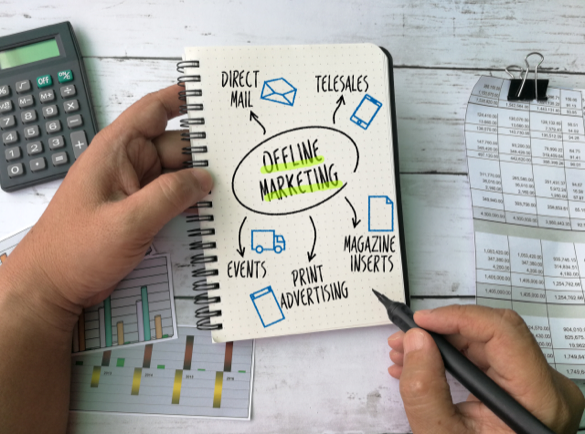
Thanks to recent innovations, it’s now clear that augmented reality (AR) and virtual reality (VR) are here to stay. Now, they’re no longer seen as novelties, but as genuinely useful technologies with numerous potential applications.
In fact, some businesses and organizations have already begun to use them to enhance their marketing campaigns. Partnering with experienced experts – like a Facebook marketing company – can help ease the transition.
The following examples illustrate just a few of the ways VR and AR can offer customers dynamic branded experiences that make a strong and lasting impression. They may inspire you to design your own campaign leveraging these tools.
Ikea Lets Users Test Virtual Furniture
According to surveys, although customers like to research products online, they tend to prefer making big purchases in brick-and-mortar stores. That’s partially because certain items need to be seen up close or tested in person before a customer is certain they want to buy them.

AR, however, can help online shoppers more easily determine if a particular item is something they’re interested in purchasing. For example, Ikea uses AR to let online shoppers insert a virtual rendering of a larger item, like a piece of furniture, into their immediate surroundings. This helps them accurately visualize the product and boosts the odds of customers making these types of purchases online.
Even if they still make the purchase in-store, the app serves as a powerful research tool that helps clients decide if taking the trip to the nearest Ikea is worth their time and money.
Read also: How Technology Are Reshaping the Fashion Industry
Marriott Sends Guests on Virtual Trips
Marriott, like any major hotel empire, wants customers to associate its brand with the concept of travel in general. When this happens, travelers are more likely to consider staying at one of Marriott’s hotels when they take trips.
That’s why Marriott offers guests in certain locations the option to request VR headsets in their rooms. Through these headsets, guests can “explore” other exciting locations. This example illustrates how VR and AR tech can help marketers design campaigns and promotions around technology that triggers an emotional reaction in customers.
Franke Kitchens Lets Customers Explore Their Dream Kitchens
Marketing, in many ways, is about trying to make a customer feel the way they would after they purchased your product or service.

Franke Kitchens recently achieved this goal by using sophisticated VR tech. Their VR experience gives customers the opportunity to explore virtual renderings of their dream kitchens, and even allows some level of interactivity with the virtual environment. Customers using the tool can truly see and feel what the finished kitchen will be like, making them more all the more eager to complete the project.
Essentially, that’s what makes AR and VR such powerful marketing tools. When leveraged correctly with the help of a creative digital agency, the technologies can optimize campaigns by adding both practical and emotional effects.
These technologies can help customers better understand the properties of an item they may be looking to purchase, while also provoking an emotional reaction. That’s why all businesses should consider how to integrate AR and VR into their own marketing campaigns to reap the benefit. These tools represent the future of marketing.
Photos courtesy of gettyimages.com


